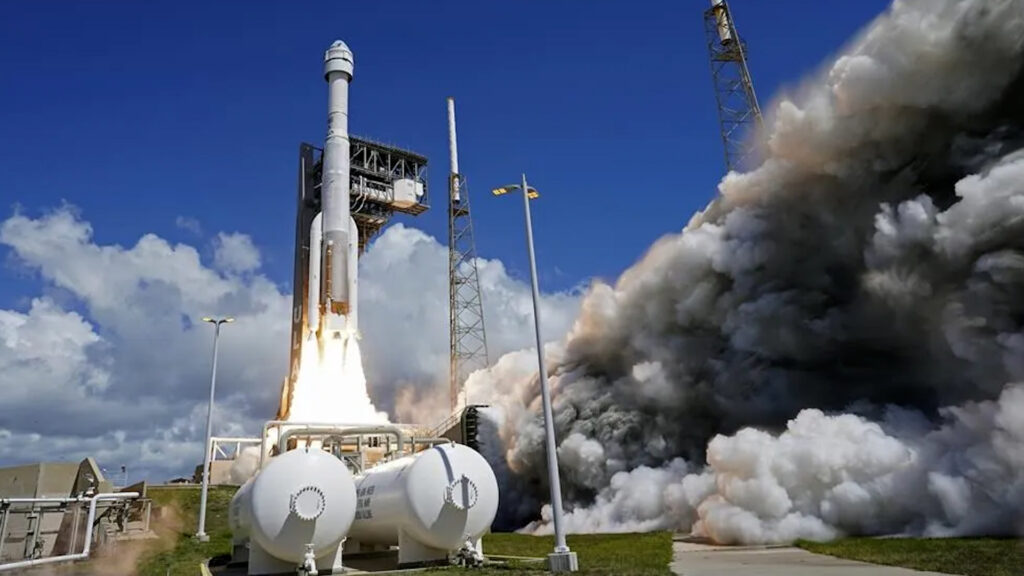NASA’s ambitious mission involving Boeing’s Starliner spacecraft has encountered significant hurdles, resulting in a delayed return originally slated for June 26, 2024. This delay underscores the complexities and risks associated with space exploration, highlighting both the technical challenges and the meticulous planning required for safe operations in Earth’s orbit and beyond.
The Journey So Far
Boeing’s Starliner embarked on its journey from Cape Canaveral, Florida, on June 5, 2024, with a mission to dock with the International Space Station (ISS). Despite initial setbacks involving a faulty valve and subsequent helium leaks in the spacecraft, Starliner successfully reached the ISS on June 6. However, the mission encountered a critical issue as five of its thrusters malfunctioned during the approach to the station, necessitating troubleshooting and adjustments.
Technical Challenges
The primary technical challenges faced by the Starliner mission include:
- Thruster Malfunction: Five thrusters crucial for maneuvering and trajectory adjustments malfunctioned upon approach to the ISS. While four were successfully brought back online after extensive efforts, one remained offline, prompting cautious operational adjustments.
- Helium Leaks: Throughout its mission, Starliner experienced multiple helium leaks in its propulsion system. The latest discovery marks the fifth leak, although NASA assured that this particular leak will not affect the spacecraft’s return journey.
- Parachute Redesign: Following a previous test flight anomaly, Boeing redesigned the parachute system to ensure a safe landing upon return to Earth. The effectiveness of these redesigned parachutes will be critical during the upcoming descent.
Impact on Mission Timeline
Originally scheduled for return on June 18, 2024, the Starliner’s landing date has been postponed twice due to these technical challenges. The current target date for landing is June 26, allowing NASA and Boeing additional time to address and mitigate the identified issues before reentry into Earth’s atmosphere.
Safety Precautions and Contingency Plans
In response to the thruster malfunction, NASA decided not to use the one thruster that remained offline during the return flight, prioritizing safety and operational reliability. This cautious approach underscores NASA’s commitment to ensuring a secure and successful return for the astronauts aboard Starliner.
Future Implications and Lessons Learned
The delayed return of Boeing’s Starliner raises important considerations for future missions involving spacecraft operations and safety protocols. It highlights the necessity for robust testing, contingency planning, and adaptive problem-solving capabilities in the realm of space exploration.
As NASA and Boeing continue troubleshooting and preparing for Starliner’s return, the mission serves as a reminder of the inherent risks and rewards of pushing the boundaries of space exploration. The successful resolution of technical challenges will pave the way for future manned missions and contribute valuable insights to enhance spacecraft design and operational procedures.
In conclusion, the delayed return of Boeing’s Starliner spacecraft reflects the intricate nature of space missions and the diligence required to overcome unexpected technical obstacles. NASA’s collaborative efforts with Boeing exemplify resilience and innovation in navigating challenges beyond Earth’s atmosphere. As Starliner prepares for its final descent and landing, the world watches with anticipation, recognizing the dedication of scientists, engineers, and astronauts in advancing humanity’s quest for exploration and discovery in space.
